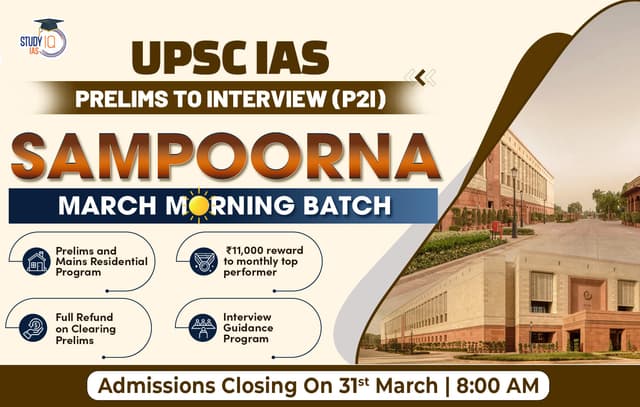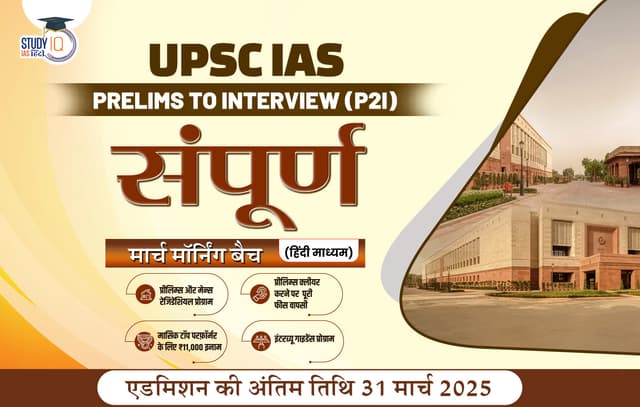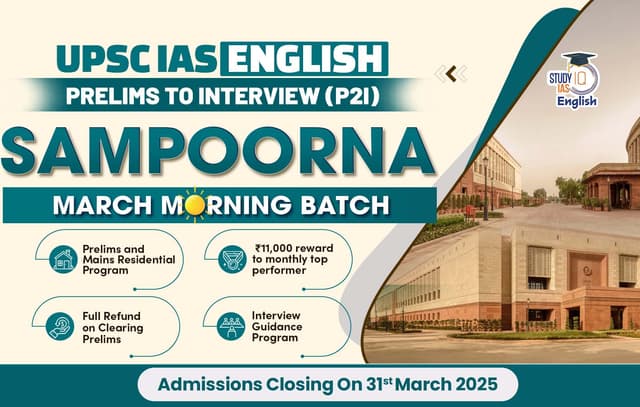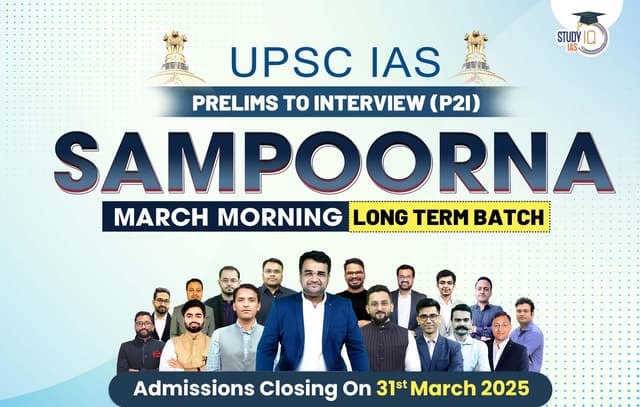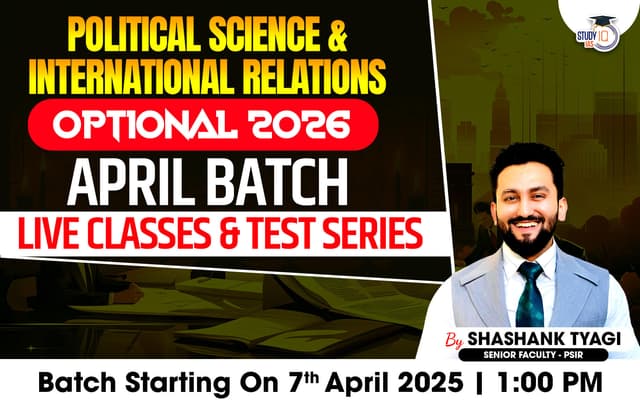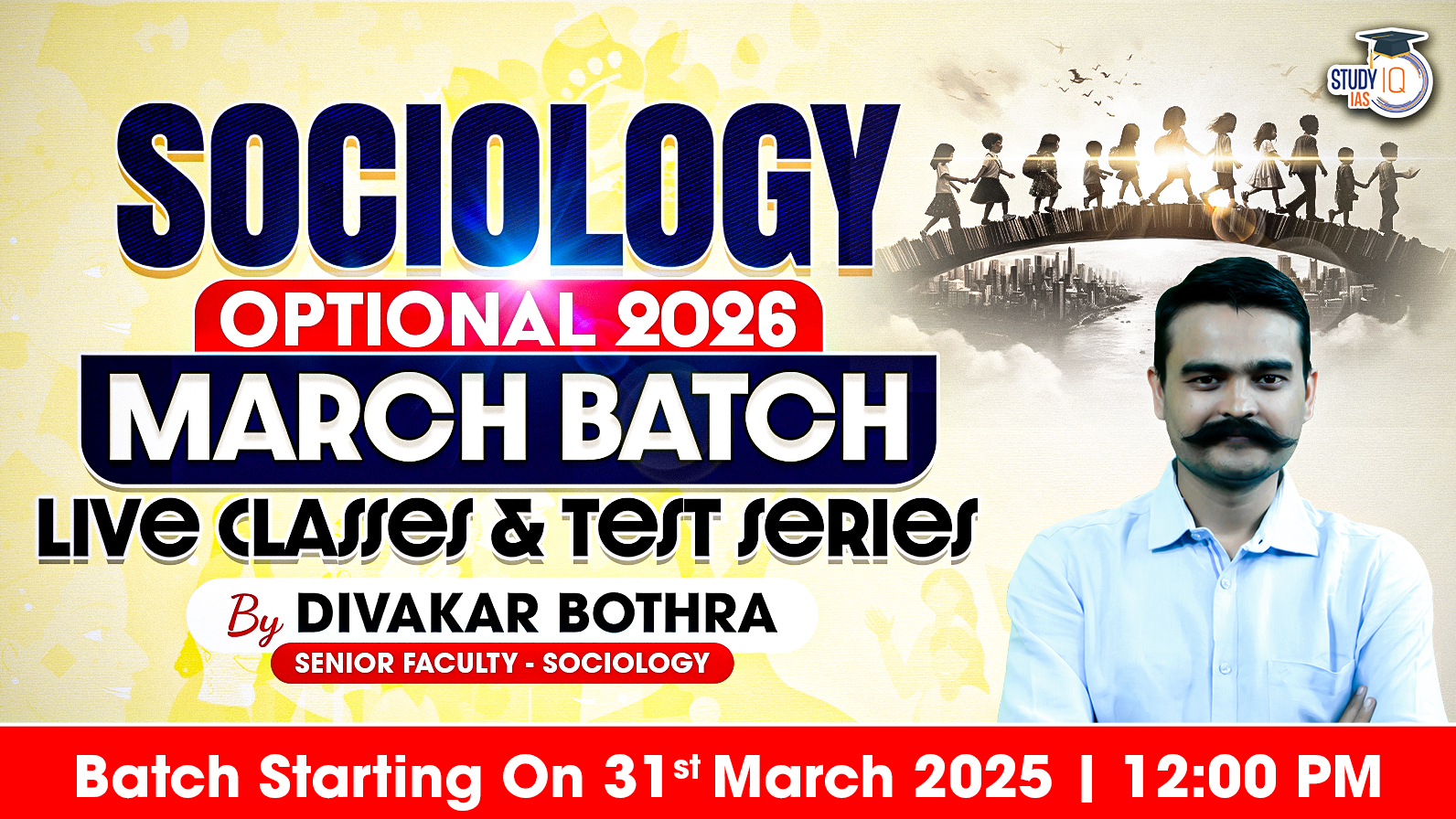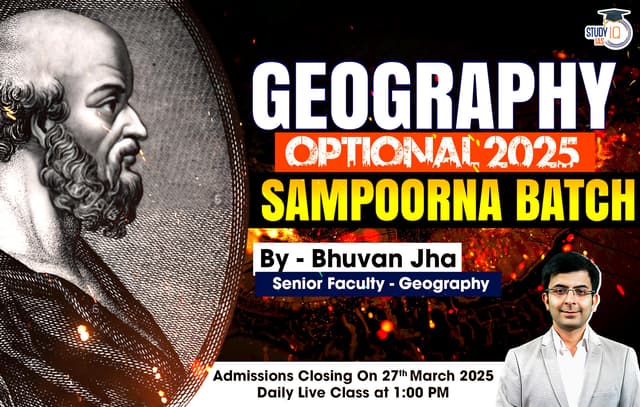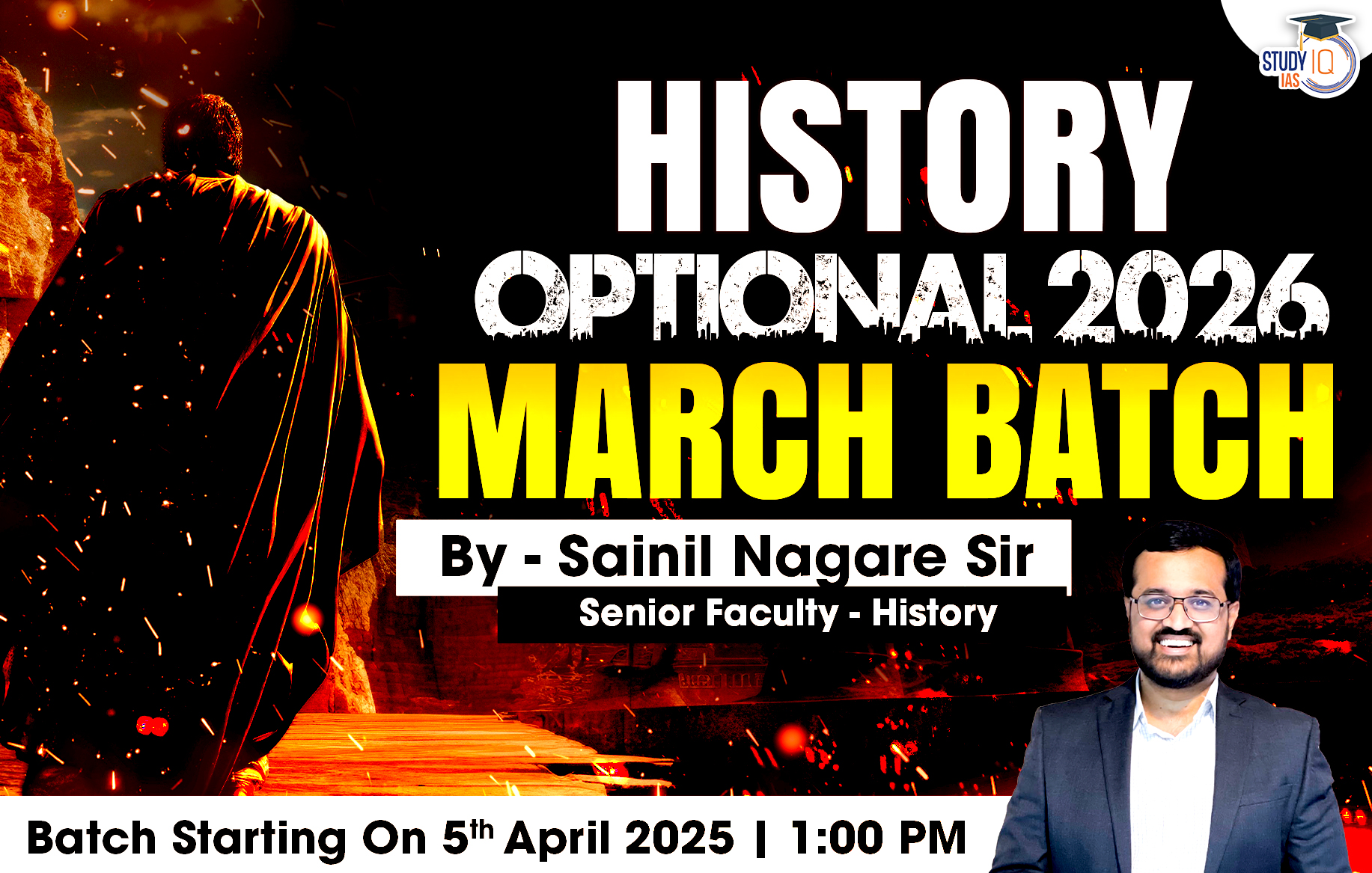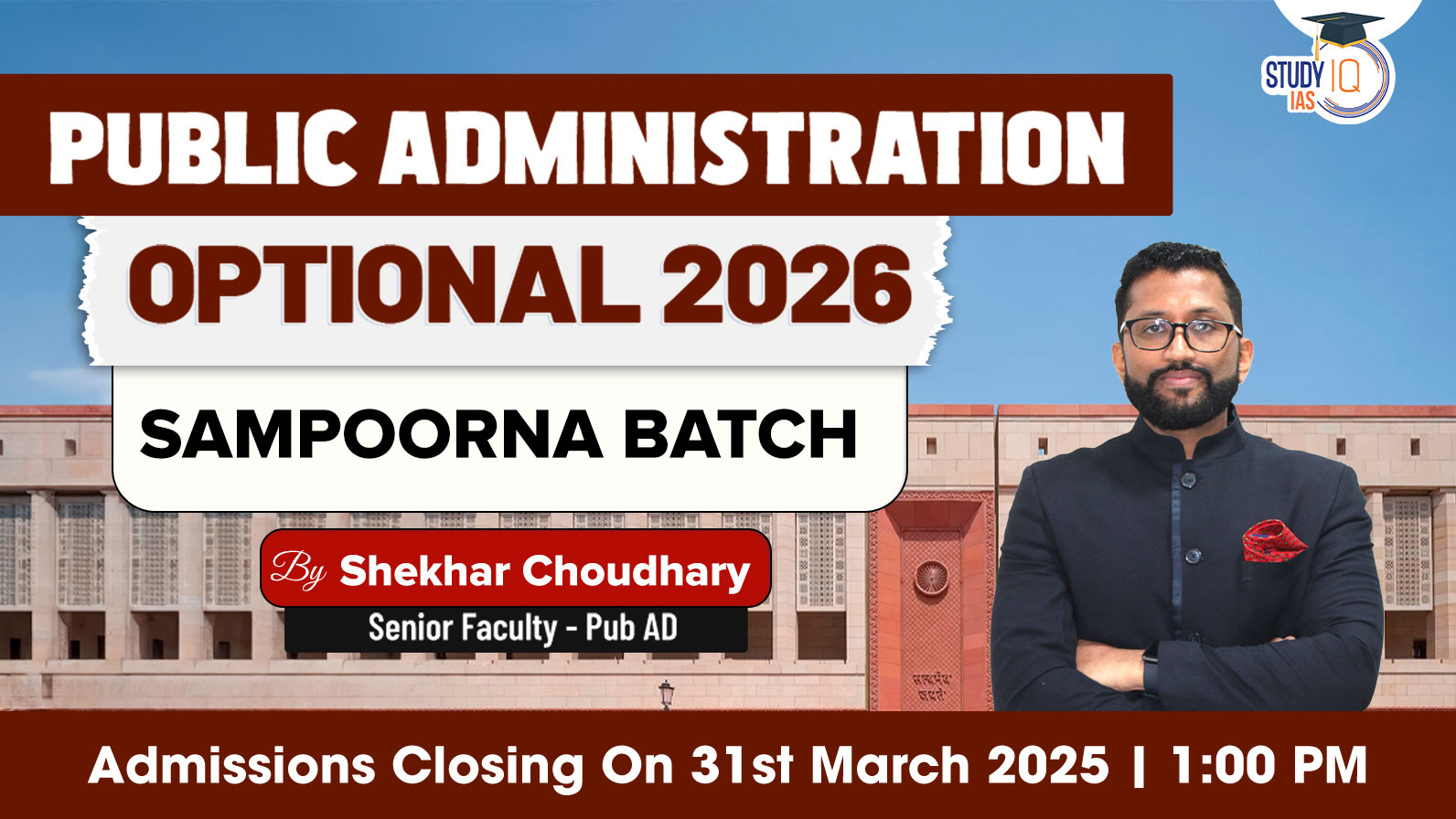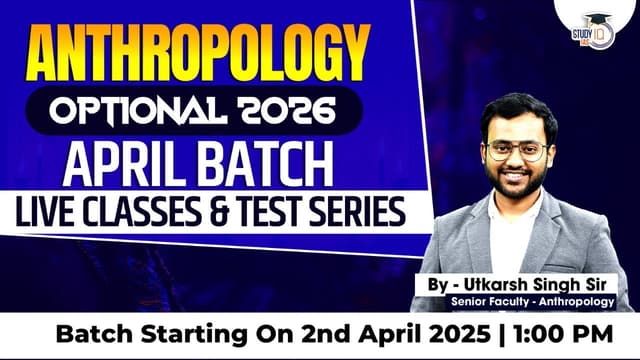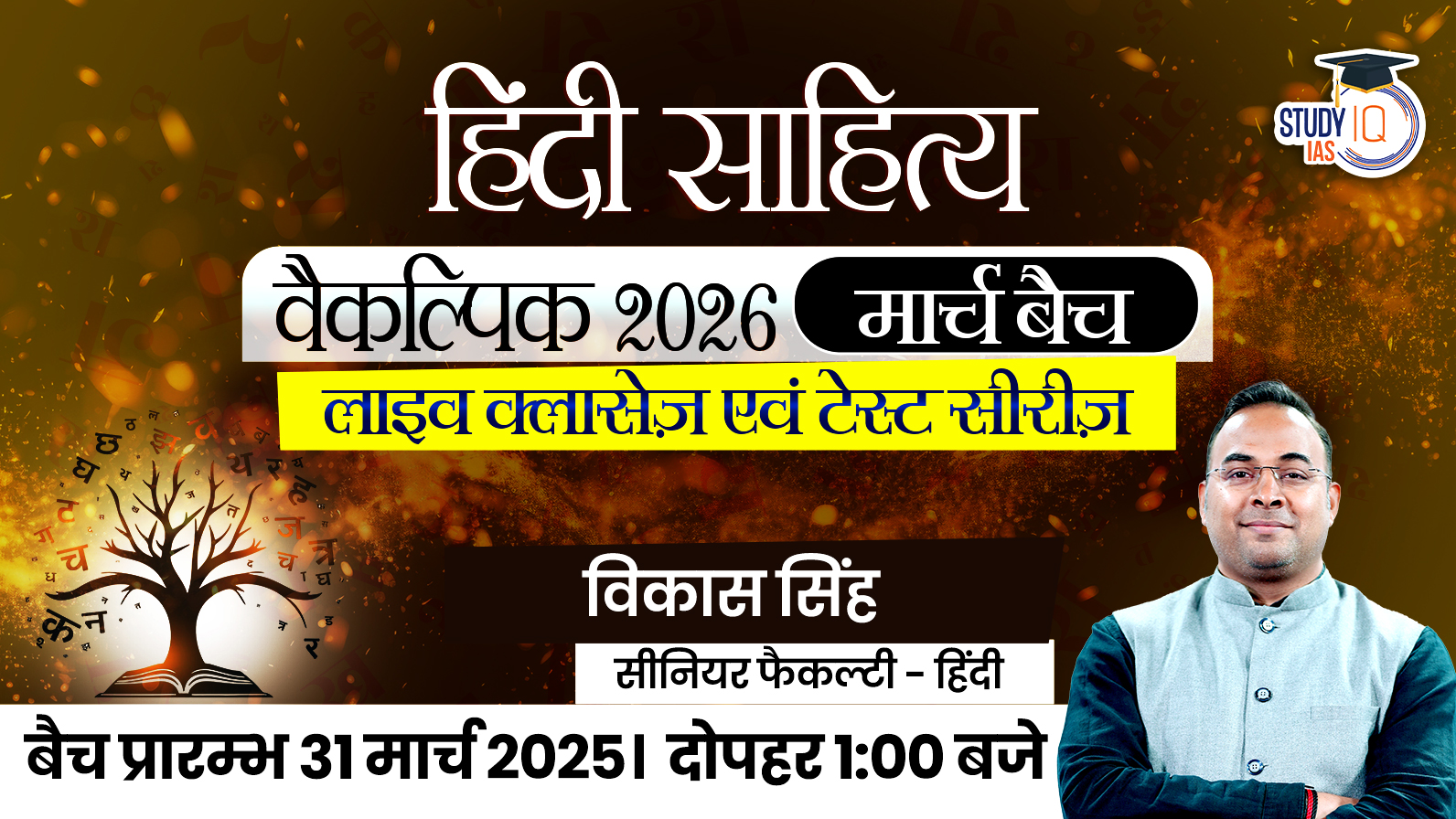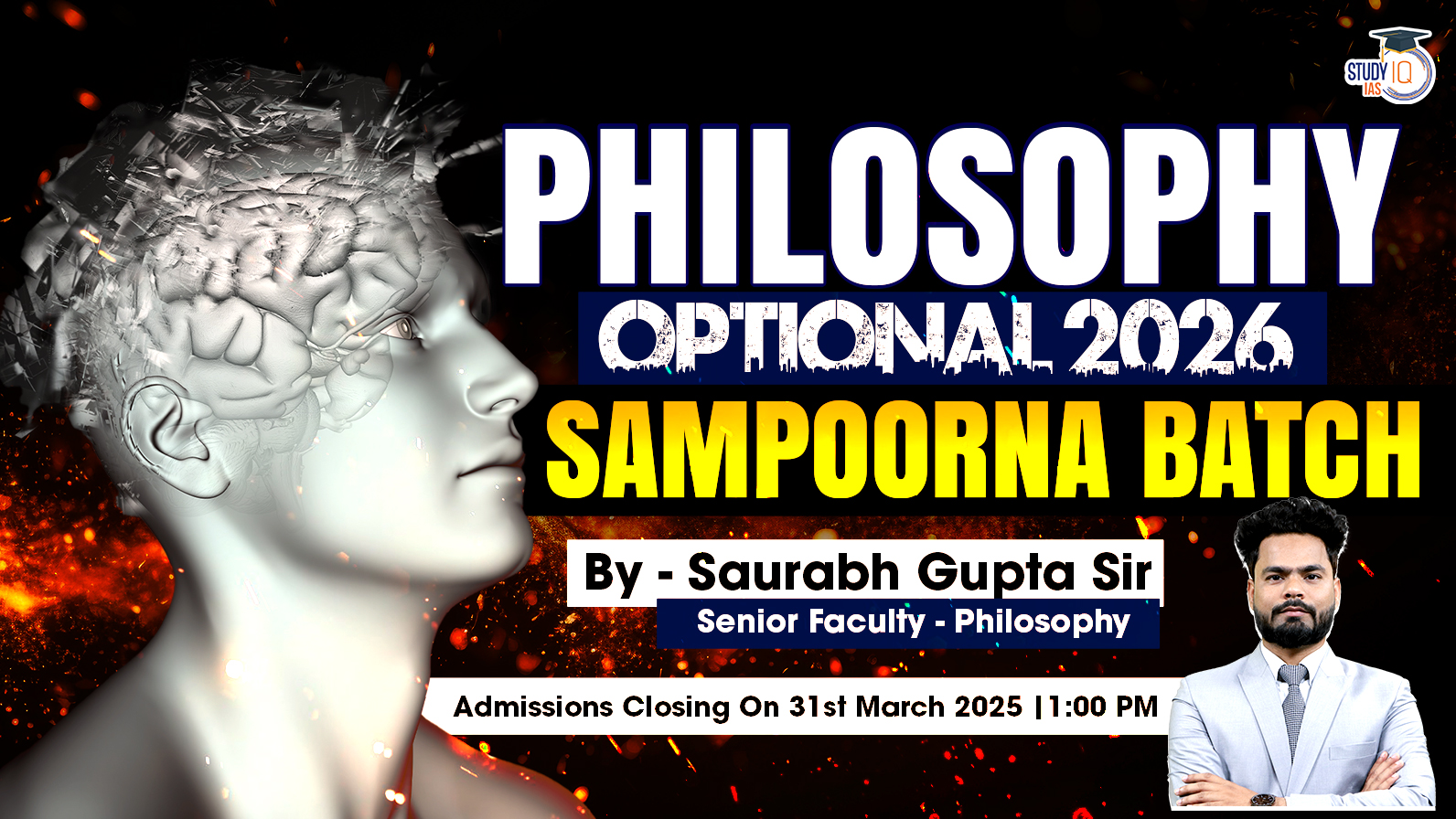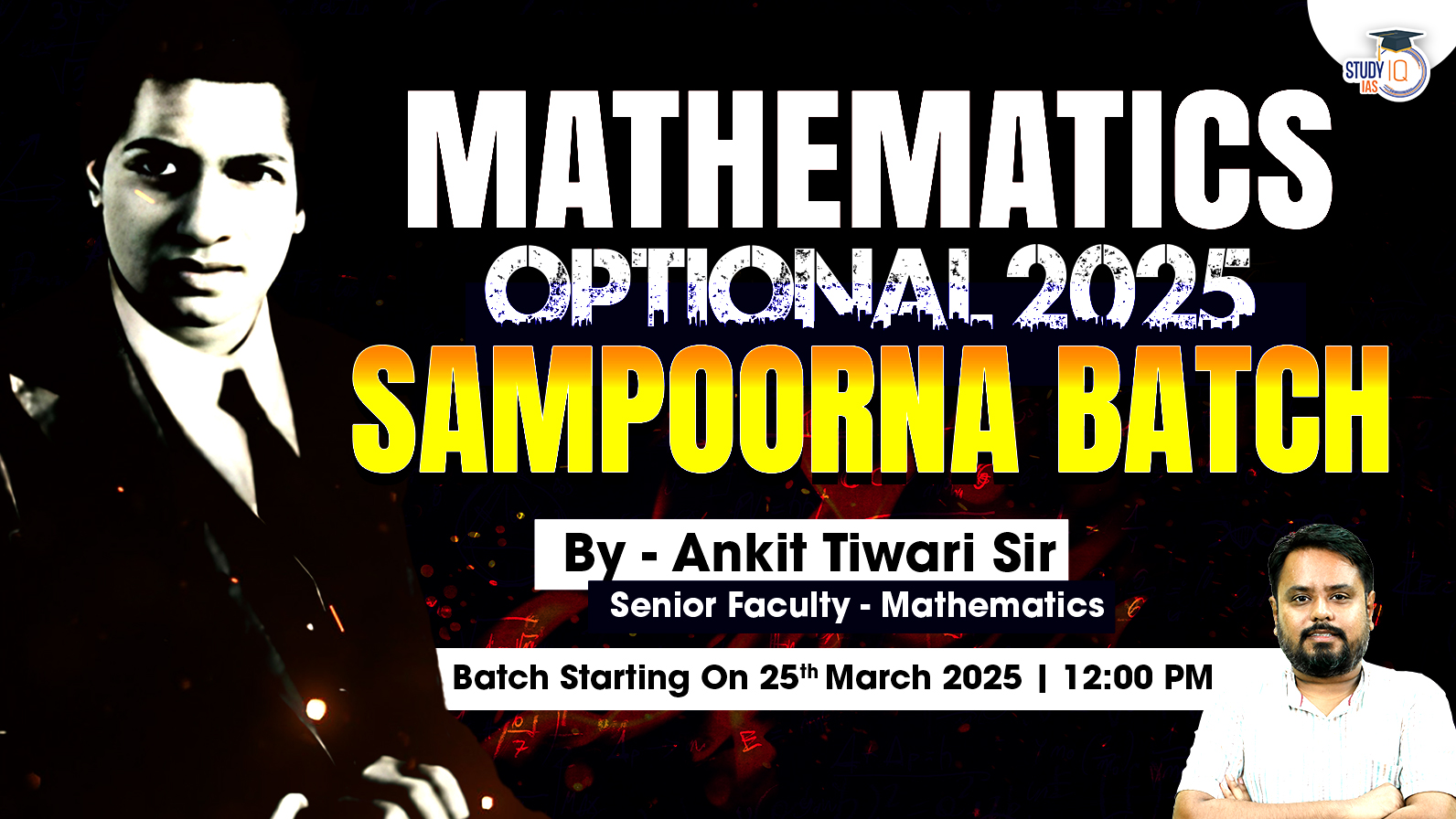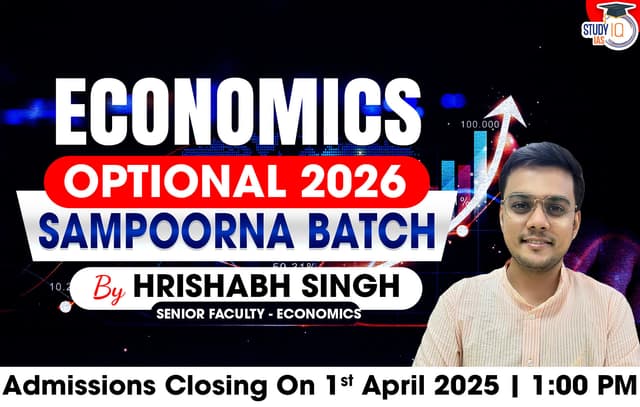Daily Current Affairs for UPSC 2023
Q) Which one of the following statements is not correct with respect to ‘Equinox’?
- Only time when length of day and night is same in both hemispheres.
- The vernal equinox is observed on September 22 every year.
- The solar declination is 0 degrees during the equinoxes.
- Atmospheric refraction influence length of day during equinoxes.
Daily Current Affairs for UPSC – 20 March 2023
Explanation:
- Option (1) is correct: An equinox is an event in which a planet’s subsolar point passes through its Equator. The equinoxes are the only time when both the Northern and Southern Hemispheres experience roughly equal amounts of daytime and nighttime.
- Option (2) is incorrect: Spring Equinox 2023 or vernal equinox is the astronomical beginning of the spring season in the Northern Hemisphere, while the Southern hemisphere experiences autumn after the event. Spring equinox is observed on Mar 21, 2023. The Persian New Year, Nowruz falls on the first day of spring that welcomes all the positivity, peace, and prosperity. In China, during the spring equinox, the “trying to stand egg upright” game is played. In Japan, the Spring Equinox is declared a public holiday to celebrate the new beginning through family gatherings and paying visits to the graves of family members.
- Option (3) is correct: During the equinoxes, solar declination is 0°. Solar declination describes the latitude of Earth where the sun is directly overhead at noon. (The Equator, of course, is 0° latitude.) So, equinoxes are the only times of the year when the subsolar point is directly on the Equator.
- Option (4) is correct: Spring Equinox reflects slightly more daylight than the darkness and most of it depends on your location on the planet. Although the equinoxes are as close to this phenomenon as happens on Earth, even during the equinoxes day and night aren’t exactly equal. This is largely due to atmospheric refraction. Atmospheric refraction describes the way light seems to bend or deviate from a straight line as it passes through Earth’s atmosphere. Atmospheric refraction is a result of increasing air density, which decreases the velocity of light through the air. Due to atmospheric refraction, we are able to see the sun minutes before it actually rises and sets. Atmospheric refraction is most dramatic in the Arctic and Antarctic, with daylight extending about 12 hours and 16 minutes. In this way, the equinoxes in Polar Regions signal the slow change from “midnight sun” to “polar night.” “Midnight sun” describes the phenomenon in which the sun never dips below the horizon, keeping the region bathed in sunlight 24 hours a day. “Polar night” describes the opposite phenomenon, a time in which the sun never rises, keeping the region dark for 24-hour periods.
Q) Consider the following statements about India-Japan relations:
- India and Japan recently signed the Comprehensive Economic Partnership Agreement.
- Japan is fifth-largest source of foreign direct investment in India.
- Both countries are a part of the Asia-Africa Growth Corridor and the Supply Chain Resilience Project.
Which of the statements given above are correct?
- 1 and 2 only
- 1 and 3 only
- 2 and 3 only
- 1, 2 and 3
Explanation:
- Statement 1 is incorrect: India and Japan signed the Comprehensive Economic Partnership (CEPA) effective from 1 August 2011. India and Japan share ‘Special Strategic and Global Partnership’ and historical friendship rooted in spiritual affinity and strong cultural and civilization ties.
- Statements 2 and 3 are correct: Japan was the 12th largest trading partner for India in 2020 and bilateral trade totalled US$ 20.57 billion during FY 2021-22. In the last two decades Japanese investments in India has been around US$ 36.94 billion ranking Japan fifth among source country for FDI. Currency swap agreement was signed between India and Japan for a USD 75-billion in 2018. Japanese Official Development Assistance supports India’s efforts for accelerated economic development, particularly in priority areas like power, transportation, environment and social sector. Both countries are collaborating through Indo Pacific Ocean’s initiative, Supply Chain resilience Initiative, Asia Africa Growth corridor (AAGC) etc. Also multilateral cooperation through platforms like G-20, G4, Quad, IPEF etc.
Q) With reference to ‘Vaikom Satyagraha’, consider the following statements:
- It was a movement for temple entry of the depressed classes in Tamil Nadu.
- Both Mahatma Gandhi and the Akalis of Punjab supported the satyagraha.
- V. Ramaswami Naicker and Sree Narayana Guru got arrested for supporting this satyagraha.
Which of the statements given above is/are correct?
- 1 and 2 only
- 2 only
- 1 and 3 only
- 1, 2 and 3
Explanation:
- Statement 1 is incorrect: The Vaikom Satyagraha marked its 100th anniversary. Vaikom Satyagraha was a movement in Travancore (modern-day Kerala) for temple entry of the depressed classes. It took place near the Shiva Temple at Vaikom, Kottayam district, Kerala during 1924-25. Vaikom was at that time a part of the princely state of Travancore.
- Statement 2 is correct but statement 3 is incorrect: Gandhiji, Chatampi Swamikal and Sree Narayana Guru supported the movement. E V Ramaswami Naicker (Periyar) came from Tamil Nadu to support the movement. Leaders like T K Madhavan and K P Kesava Menon were arrested. The movement gained prominence in the whole of India and support came from far and wide. The Akalis of Punjab supported by fixing kitchens to supply food to the Satyagrahis. Even Christian and Muslim leaders were in support of the movement. However, Gandhiji wanted the movement to be an intra-Hindu affair. On Gandhiji’s advice, the movement was taken back temporarily in April 1924. After discussions with caste Hindu group failed, the leaders again started the movement. On 23rd November 1925, all the gates of the temple were opened to Hindus except the eastern gate. In 1928, backward castes got the right to walk on public roads leading to all temples in Travancore. This was the first time that an organized movement was being conducted on such a massive scale for the basic rights of the untouchables and other backward castes in Kerala.
Q) Consider the following statements about ‘Joint Parliamentary Committee’ (JPC):
- A JPC can have no more than thirty members.
- The recommendations of the JPC are binding on the government.
- A JPC has the powers to scrutinize documents and summon people for questioning.
Which of the statements given above is/are correct?
- 1 and 2 only
- 2 and 3 only
- 3 only
- 1, 2 and 3
Explanation:
- Statement 1 is incorrect: Joint Parliamentary Committee (JPC) is set up by the Parliament for a special purpose, like for the detailed scrutiny of a subject or Bill. The JPC is an ad-hoc body. It is dissolved after its term ends or its task has been completed. There have been six JPCs set up so far. It has members from both the Houses and from both the ruling parties and the opposition. Members of the JPC are decided by the Parliament. The number of members can vary-there is no fixed number. There are twice as many Lok Sabha members as the Rajya Sabha.
- Statement 2 is incorrect: The JPC submits a report and makes recommendations to the government. The proceedings and findings of the committee are confidential, except in matters of public interest. The government can take the decision to withhold a document if it is considered prejudicial to the safety or interest of the State. While the recommendations of a JPC have persuasive value, they are not binding on the government. The committee gets disbanded following the submission of its report to Parliament. The government can choose to launch further investigations based on what the JPC has said, but it can’t be forced to do so. The Speaker has the final word in case of a dispute over calling for evidence.
- Statement 3 is correct: Recently, the Rajya Sabha was adjourned as the Opposition raised demands for a Joint Parliamentary Committee (JPC). A JPC is set up after one House of Parliament has passed a motion and the other has agreed to it. A JPC is authorized to collect evidence in oral or written form or demand documents in connection with the matter. To fulfill its mandate, a JPC can scrutinize documents and summon people for questioning.
Q) With reference to ‘Outcome budgeting’, consider the following statements:
- It measures the outcome of the funds used in all government programs.
- It was first introduced in 2014 to track the qualitative targets of government programs.
Which of the statements given above is/are correct?
- 1 only
- 2 only
- Both 1 and 2
- Neither 1 nor 2
Explanation:
- Statement 1 is correct but statement 2 is incorrect: Outcome budget is a unique system to track the status of the budget promises. It is a progress card on what various Ministries and Departments have done with the outlays in the previous annual budget. It measures the development outcomes of all government programs and whether the money has been spent for the purpose it was sanctioned including the outcome of the fund usage. An interesting feature of outcome-based budgeting is that the outcomes of programmes are measured not just in terms of Rupees but also in terms of physical units like Kilowatt of energy produced or tonnes of steel produced. Also, outcomes are expressed in terms of qualitative targets and achievements to make the technique more comprehensive. In India, it was first introduced in 2005-06 by the then finance minister P. Chidambaram. It makes the budget more accountable and transparent. It effectively monitors the progress of the schemes regularly. It is a means to develop a linkage between the money spent by a government and the results which follow. Such a method acts as a micro-level performance-based finance planning and management tool in economic terminology.

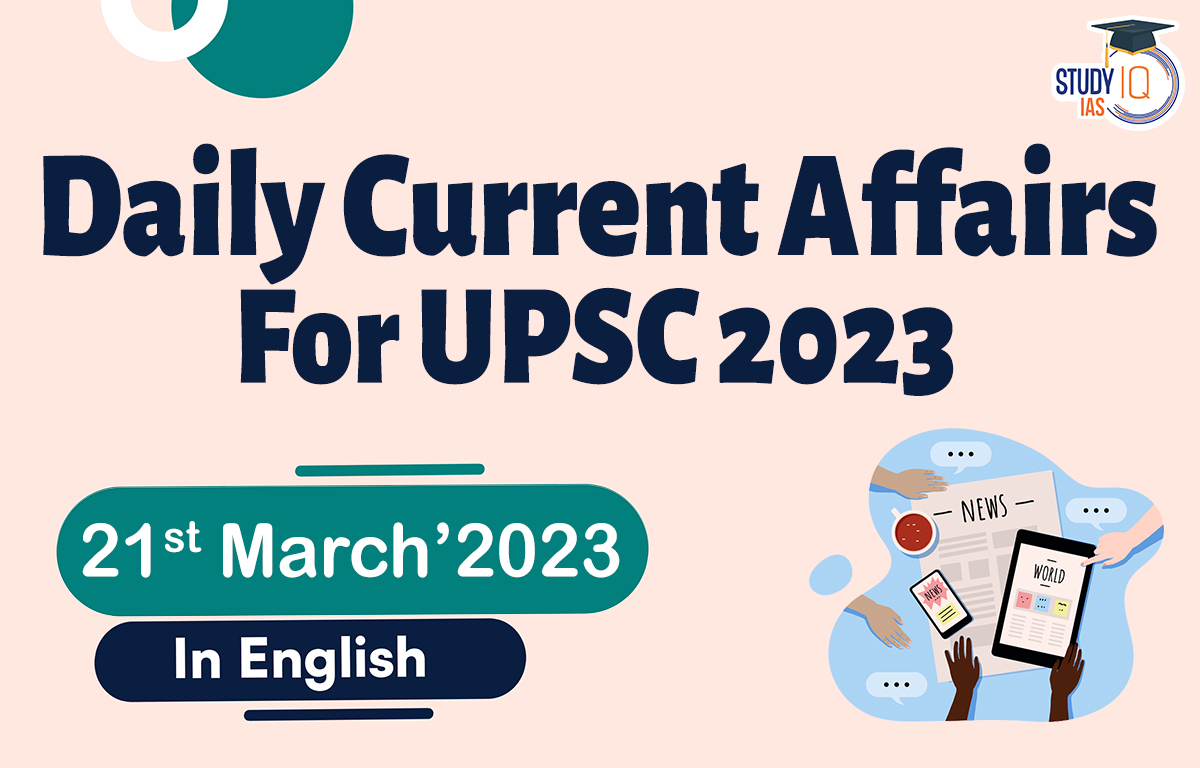
 India's Path to Net Zero, Challenges and...
India's Path to Net Zero, Challenges and...
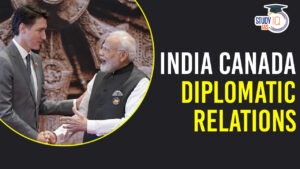 India-Canada Relations, Evolution, Recen...
India-Canada Relations, Evolution, Recen...
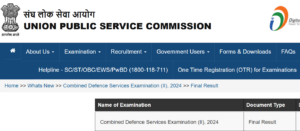 UPSC CDS 2 Final Result 2024 Announced, ...
UPSC CDS 2 Final Result 2024 Announced, ...

